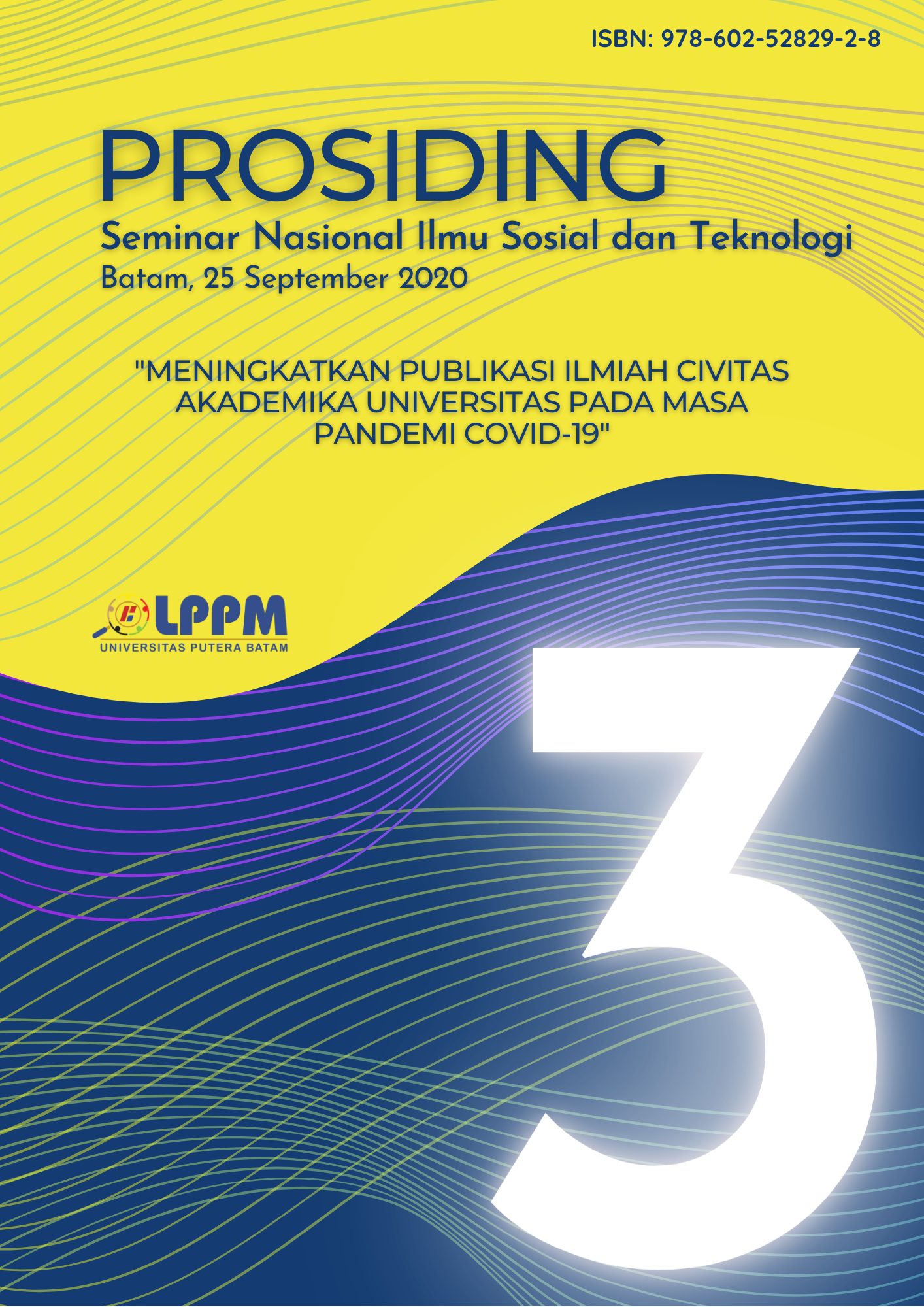Struktur dan Fungsi Pantun Pembuka dan Penutup Majlis dalam Adat Melayu
Keywords:
Pantun Structure, Pantun Function, Pantun of Opening and Closing MajlisAbstract
The purpose of this research is to see the structure and function of the opening and closing pantun majlis. This research is a literature review that examines data from the available literature. To analyze pantun, several processes are carried out, such as reading and analyzing the structure and function of pantun. The data are then described qualitatively and interpreted into an understanding of the cultural values of the Malay which are full of moral messages. The data consisted of 16 pantun, 7 opening rhymes and 9 closing majlis. The results showed that the structure of the opening and closing of the majlis rhymes was cross rhymes a-b-a-b consisting of 4 lines where the 2 lines at the beginning were sampiran and the last 2 lines were the contents of the pantun. Each line consists of 3 to 6 words with syllables consisting of 8 to 12 syllables, but there is one pantun content that has 18 syllables. Meanwhile, the values of local wisdom found are based on the function of the pantun which consists of 5 main functions, namely didactive, aesthetic, morality, recreation and religious functions.
References
Arikunto, S. (2010). Prosedur penelitian: Suatu pendekatan praktik. Jakarta: Rineka Cipta.
Chaer, A. (2005). Linguistik umum. Jakarta: Rineka Cipta.
Dedy, S. (2018). Ragam hiburan meriahkan kenduri seni Melayu di Engku Putri Batam 1-3 November 2018. Retrieved from https://www.wartakepri.co.id/2018/11/02/ragam-hiburan-meriahkan-kenduri-seni-melayu-di-engku-putri-batam-1-3-november-2018/
Gay, L. ., Mills, G. E., & Airasian, P. (2009). Educational research: Competencies for analysis and applications. New Jersey: Pearson Education.
Murti, F. N. (2017). Jejak pesona pantun di dunia (Suatu tinjauan diakronik-komparatif). In Bahasa dan Sastra Indonesia dalam Konteks Global (pp. 543–558). Jember.
Muslimah. (2013). Hakikat dan sistem nilai dalam konteks pendidikan (Sistem nilai: keluarga, masyarakat, kebudayaan, dan agama). Jurnal Studi Agama Dan Masyarakat, 7(2), 164–180.
Musthafa, B. (2014). Seven issues and dilemmas in literature teaching in EFL context: Lessons from Indonesia. Indonesian Journal of Applied Linguistics, 4(2), 136–145. https://doi.org/http://dx.doi.org/10.17509/ijal.v4i2.690
Neldawati, Ermanto, & Juita, N. (2015). Nilai-nilai pendidikan karakter dalam pantun badondong masyarakat desa Tanjung Bungo kecamatan Kampar Timur kabupaten Kampar. Jurnal Bahasa, Sastra Dan Pembelajaran, 3(1), 69–83. Retrieved from http://ejournal.unp.ac.id/index.php/bsp/article/view/4912
Novianti, N. (2016). English literature teaching: An Indonesian context. Indonesian Journal of Applied Linguistics, 6(1), 42–49. https://doi.org/dx.doi.org/10.17509/ijal.v6i1.2660
Pangesti, M. D. (2014). Buku pintar pantun: Peribahasa Indonesia. Jakarta: Pustaka Nusantara Indonesia.
Sadikin, M. (2010). Kumpulan Sastra Indonesia: Pantun puisi majas peribahasa kata mutiara (Edisi Terl). Jakarta: Gudang Ilmu.
Satori, D., & Komariah, A. (2011). Metodologi penelitian kualitatif. Bandung: Alfabeta.
Sukmawan, S. (2015). Menyemai benih cinta sastra. Malang: UB Press.
Tafifin, M. (2015). Kemampuan menulis pantun siswa kelas VII SMP negeri 52 Konawe Selatan. Jurnal Humanika, 3(15). Retrieved from http://ojs.uho.ac.id/index.php/HUMANIKA/article/view/587
Downloads
Published
How to Cite
Issue
Section
License
Copyright (c) 2021 Prosiding Seminar Nasional Ilmu Sosial dan Teknologi (SNISTEK)

This work is licensed under a Creative Commons Attribution 4.0 International License.



